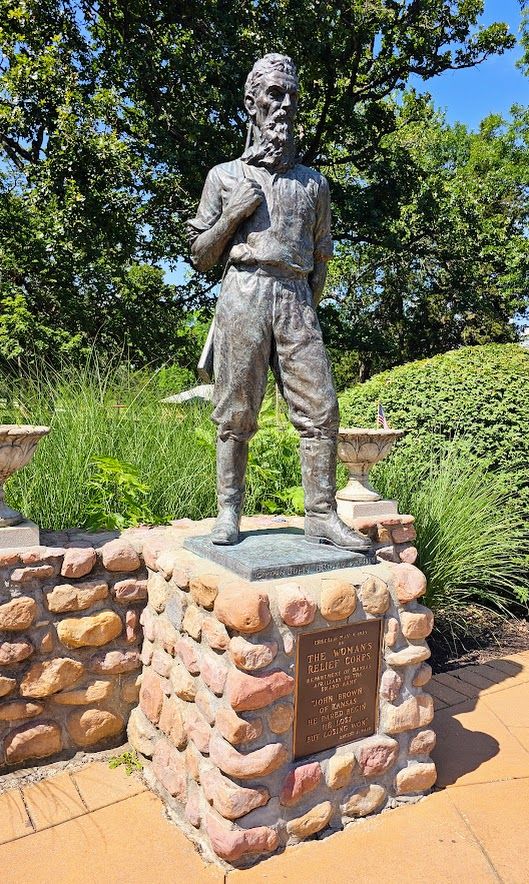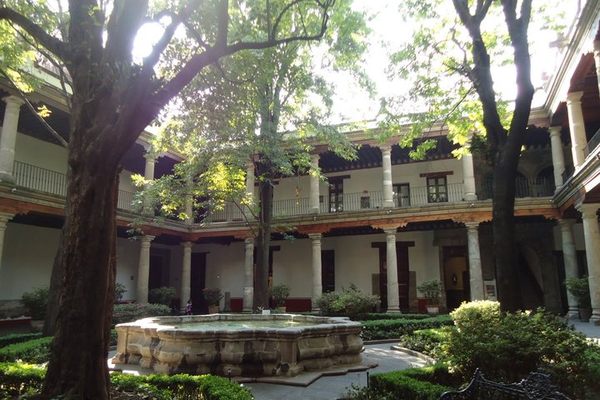About
John Brown State Historic Park, located in Osawatomie, Kansas, consists of two unique sites that together tell the story of the great abolitionist and his time in Kansas: the Samuel Adair Cabin, where John Brown lived while in Kansas; and the site where the Battle of Osawatomie was fought.
The cabin on the premises belonged to Rev. Samuel and Florella Adair, Oberlin College graduates who moved westward with the promise of a new free state. Florella was John Brown’s half-sister, and five of his sons, and eventually John Brown himself moved to the cabin. By this time, Brown believed that he was charged by God to fight the moral scourge of slavery. The cabin became an organizing force for the abolition movement in Kansas, and a stop on the Underground Railroad, and the Adairs began to fear for their safety. On May 24, 1856, John Brown and his sons led a militia to massacre slavers at Pottawatomie, possibly as revenge for the burning of Lawrence.
On August 30, 1856, Osawatomie was in turn attacked by pro-slavery border ruffians, led by John W. Reid. Slavers shot John Brown’s son Frederick, who was acting as a guard, and so Brown learned about the ambush. Outnumbered nearly 10 to 1, Brown led a guerrilla war through what is now the park, on the way to a strategic retreat. After emerging victorious, the slavers burned Osawatomie. However, John Brown’s exploits became the stuff of myth, and for the next few years, tales grew of “Old Osawatomie Brown” and his heroic efforts to defeat slavery.
John Brown was eventually cut down at Harper’s Ferry, a martyr of the cause that would eventually become that of the Union Army. Rev. Adair served as chaplain at Fort Leavenworth for years before retiring back to the cabin. The cabin was eventually moved into town to stand on the site of the battleground, and a building was erected to protect it from the elements.
Walking through the park today, you can visit the cabin, now known as the John Brown Museum. Exhibits in the museum show both aspects of prairie life and explain the conditions that led to the violence of the “Bleeding Kansas” era. In the park, you can retrace the steps of the Battle of Osawatomie, escaping as John Brown once did. In 1935, a statue of John Brown by sculptor George Fite Waters was installed on the premises. The statue’s inscription reads, “John Brown of Kansas, he dared to begin. He lost, but losing won.”
Related Tags
Community Contributors
Added By
Published
September 20, 2023






























